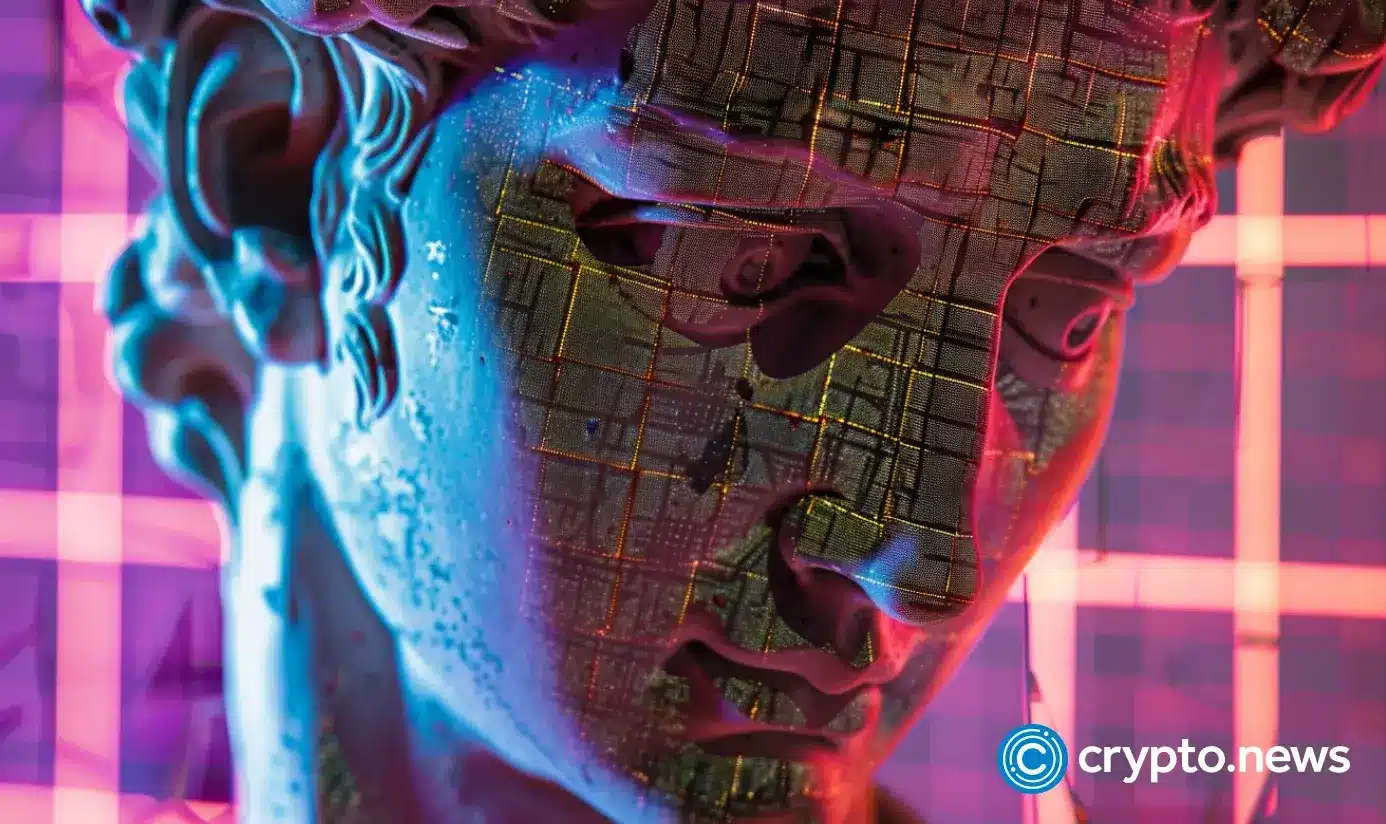As the cryptocurrency landscape braces for potential volatility due to ongoing tariff conflicts, the non-fungible token (NFT) sector appears to be facing even more significant challenges. Trading activity is dwindling, and several marketplaces are closing their doors. The once-promising realm of NFTs, which analysts had predicted could soar to a market value exceeding $264 billion by 2032, now seems to be struggling for relevance. Weekly trading figures have been on a consistent downward trend, leading to a retreat to levels reminiscent of the market’s initial surge in 2020.
Plummeting Trading Volumes
According to blockchain analytics firm DappRadar, the trading volumes for NFTs reached nearly $3 billion in 2021, a peak that now feels like a distant memory. As we move into the first quarter of 2025, that figure has nosedived a staggering 93%, dropping to a mere $23.8 million. This decline has been attributed to the exodus of active traders from the market, as noted by blockchain analyst Sara Gherghelas. She remarked that the rapid growth seen in 2021 coincided with the global shifts brought on by the COVID-19 pandemic, which propelled the adoption of digital platforms and encouraged artists to explore new avenues for connecting with their audiences. However, three years later, the enthusiasm surrounding art NFTs has significantly waned.
Challenges in Regulatory Clarity
In a conversation with crypto.news, Alice Frei, legal officer at OutsetPR, highlighted the ongoing chaos surrounding NFT regulations, stating that governments are still grappling with how to categorize these digital assets. In the United States, NFTs are frequently classified as securities, placing platforms in a precarious legal position. Conversely, in the UK, they are treated more like collectibles under intellectual property laws. Frei pointed out that while these examples come from countries with relatively clear cryptocurrency regulations, many other nations experience even greater uncertainty. This lack of regulatory clarity fosters an environment conducive to fraud and diminishes investor confidence, which in turn hampers NFT adoption.
Frei further emphasized a broader concern: beyond the realms of cryptocurrency and gaming, NFTs are still in the process of demonstrating their tangible value. Although they have the potential to transform various industries—such as offering concert tickets that prevent scalping or providing digital IDs for online verification—most NFTs currently remain speculative assets lacking substantial utility.
NFTs Struggling in the Gaming Sector
When it comes to gaming, where NFTs hold the most promise for widespread adoption, the situation is equally challenging. Frei noted that attempts to incorporate NFTs into mainstream gaming, such as Ubisoft’s Project Quartz, faced significant backlash from players, leading to its eventual shutdown. Gamers appear cautious about digital assets that seem more like currency rather than meaningful enhancements to their gaming experiences.
Marketplace Closures Intensify Concerns
If the situation was not already dire, March brought additional setbacks, with several marketplaces shutting down, exacerbating the ongoing crisis. Among these closures was LG Art Lab, launched by South Korean tech giant LG just three years ago during the NFT boom. The company cited a need to shift focus and explore new opportunities without providing detailed explanations. A week later, X2Y2, a former competitor to OpenSea that once boasted a lifetime trading volume of $5.6 billion, also ceased operations, citing a staggering 90% decline in trading volume since its peak in 2021. Furthermore, crypto exchange Bybit, still recovering from a significant theft linked to North Korean hackers, quietly closed its NFT platform, with Emily Bao, head of web3 at Bybit, stating that the decision would enable the company to enhance user experience while concentrating on the next generation of blockchain solutions.
Amidst this wave of closures, Frei remarked that the NFT market now resembles a “revolving door.” For instance, the Bored Ape Yacht Club, once regarded as the epitome of NFT success, has seen its prices plummet. While a single Bored Ape once fetched $400,000, some are now struggling to sell for as much as $50,000. This decline can be attributed to the fact that many NFT projects rely primarily on hype rather than offering genuine utility. Without perceived long-term value, it is unlikely that consumers will return.
Shifts in Focus for Major Players
Coinbase, too, appears to be scaling back its NFT endeavors. Although it has not officially shuttered its NFT platform, indications suggest a shift in priorities. During an earnings call in early 2023, President and COO Emilie Choi hinted at the company’s focus on “medium and long-term opportunities” within the NFT space, yet it seems that the primary emphasis is now on Base, its layer-2 blockchain network. Despite multiple requests for comment regarding its NFT activities, Coinbase has remained silent as the sector continues to decline.
Frei believes that in light of the current market trends, smaller platforms are unlikely to survive the ongoing turmoil. “The trend points to a consolidation, with only a few dominant players such as OpenSea and Blur remaining,” she stated. This shift is driven by two significant factors: impending regulations that are likely to curtail the chaotic nature of the NFT market, and the gaming sector, which may provide a lifeline for NFTs, albeit a narrow one. Frei summarized that gaming could be the “last hope” for NFTs, but developers must avoid incorporating “pay-to-win mechanics” that might deter players.
“The excitement has diminished. For NFTs to endure, they must demonstrate that they offer more than just expensive digital images on the blockchain,” concluded Frei.

